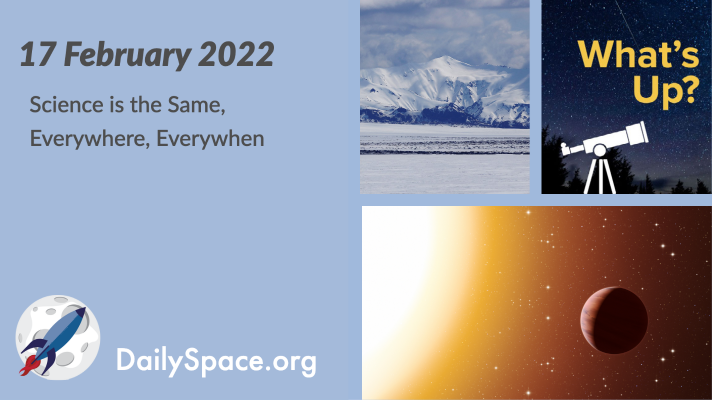
Feb 18, 2022 | Climate Change, Daily Space, Earth, Exoplanets, Galaxies, Sky Watching, Stars, Supermassive Black Holes
Today, we bring you stories proving that we do understand some things, like black holes, and that we have forgotten other things, like that the Earth’s crust can sag under the weight of ice. It’s all a lot more complicated than we like to think. But it sure is pretty, and when the science makes your head hurt, our What’s Up segment will fill your eyes with some beauty.
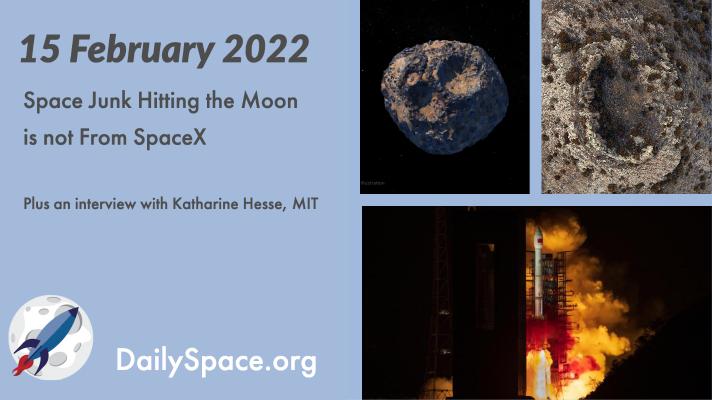
Feb 16, 2022 | Asteroids, Daily Space, Earth, Exoplanets, Guest Interview, ISRO, ROSCOSMOS, Space China, Spacecraft, SpaceX
Observers tracking a piece of space debris that is expected to impact the far side of the Moon early in March have now corrected the origin of the object, which isn’t from SpaceX but is from a Chinese Long March 3B involved in the Chang’e 5TI mission. Plus, asteroid 16 Pysche, craters in Wyoming, more launches, and an interview with Katharine Hesse from the TESS mission.
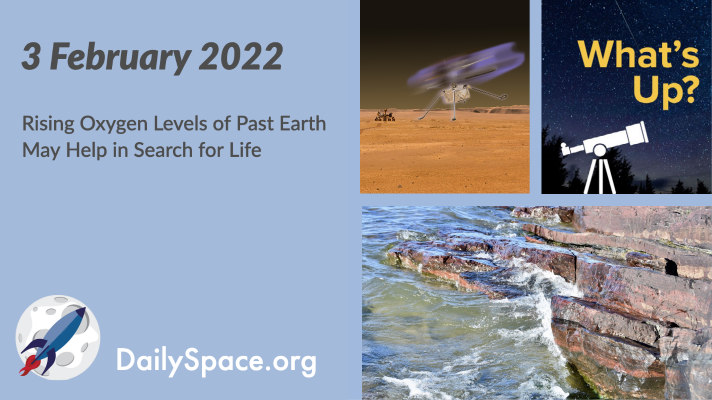
Feb 4, 2022 | Asteroids, Crewed Space, Daily Space, Earth, ESA, Jupiter, Mars, Moon, Rockets, Rovers, Sky Watching, SpaceX, Uranus
Scientists analyzed iron-rich sedimentary rocks and estimated the amount of oxygen present in the atmosphere when those rocks formed, finding low levels of oxygen and giving insight into a potential biosignature for life beyond Earth. Plus, controlling robots from space, a SpaceX launch, and this week’s What’s Up.
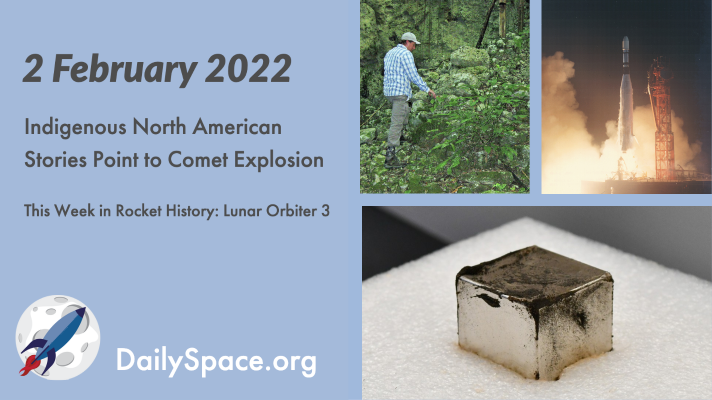
Feb 3, 2022 | Asteroids, Comets, Daily Space, Earth, Exoplanets, Moon, Random Space Fact, Rockets, Space History, Spacecraft, White Dwarfs
By collecting and analyzing stories from a variety of indigenous cultures in North America, researchers find evidence for a mid-air explosion of a comet or asteroid, similar to the Tunguska event. Plus, a new Trojan for Earth, volcanoes and dinosaurs, ancient Mexican cacao groves, and this week in rocket history is Lunar Orbiter 3.
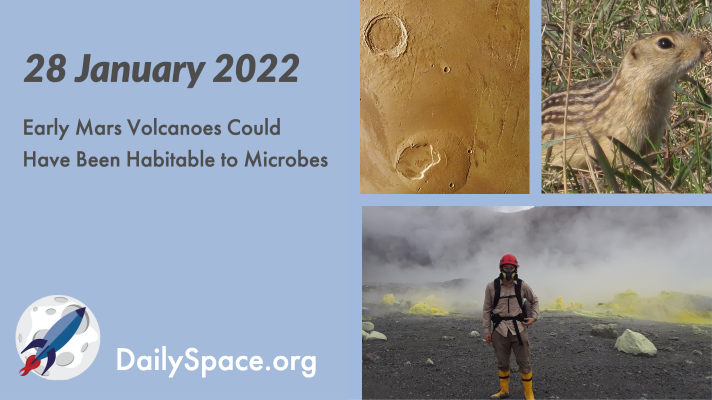
Jan 29, 2022 | Asteroids, Astrobiology, Climate Change, Crewed Space, Daily Space, Earth, Exoplanets, Mars, Physics, Science
A research team studying the Poás volcano in Costa Rica, a potential analog for early Mars conditions, finds microbes surviving in extremely harsh conditions. Plus, table-top matter-antimatter experiments, an exoplanet’s complex atmosphere, and how snails and squirrels can help us understand space.
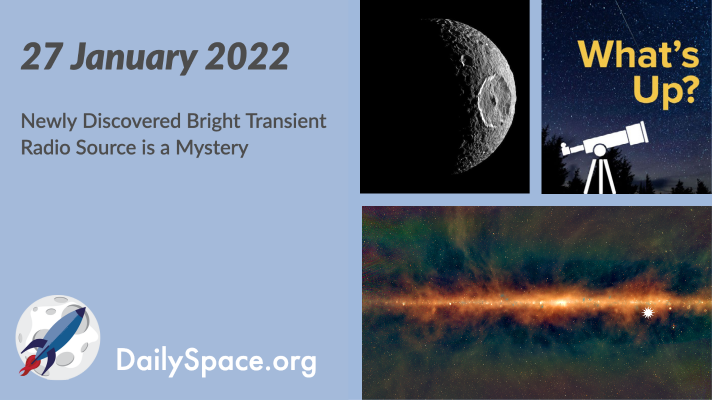
Jan 28, 2022 | Daily Space, Earth, Mars, Neutron Stars / Pulsars, Observatories, Our Solar System, Saturn, Science, Sky Watching, The Sun
Scientists using the Murchison Widefield Array in Australia recently discovered an extremely bright source of radio waves, releasing bursts of energy three times an hour. That timing makes the object behave unlike anything else seen to date, leaving the research team with a new mystery to unravel. Plus, everything else is about water today, all over the solar system, and we present this week’s What’s Up segment.








 We record most shows live, on Twitch. Follow us today to get alerts when we go live.
We record most shows live, on Twitch. Follow us today to get alerts when we go live.